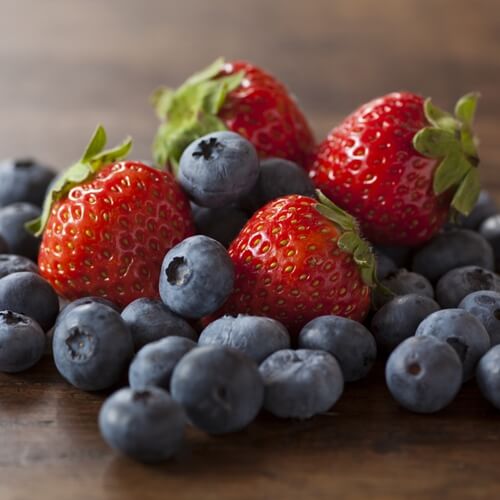Canning Food For The Winter
With winter setting in, locavores across the country are turning to canning to make their way through the coldest months of the year.
The notion of having a deeper connection to food and the way it is farmed and supplied has become increasingly popular in recent years, with many people relying on exclusively locally sourced products to feed themselves and their families. But with winter rearing its head, many of those products might not be available. That’s where canning comes in.
What is canning?
Canning is as simple as it sounds. It’s a process that has been around for more than 200 years, but with the development of freeze-drying and other food storage technologies, people began to rely less and less on this traditional form of stocking food. Now, however, it is making a comeback as part of the local food movement.
You start by packing simple, airtight glass jars or aluminum cans with your favorite fruits, vegetables, sauces and jams. Then you submerge them in boiling water to kill any germs. After that, you will need to find space in your refrigerator or in a cold, dry place to store them throughout the winter.
You might also want to consider pasteurization or vacuum treatment if you have access to the implements necessary for those processes. If not, saline or sugary solutions can serve as excellent preservatives.
Practical applications
If you’ve learned some recipes in your online culinary arts program or online pastry program that require ingredients better suited to spring and summer, but you want to be able to cook them all year-round, canning provides a means to keep those dishes in your cooking rotation no matter the season. It’s also one of the best ways to ensure that your food is locally sourced.


